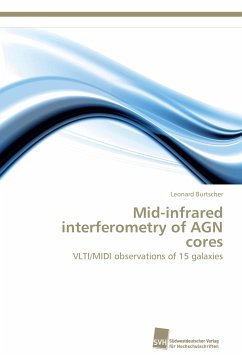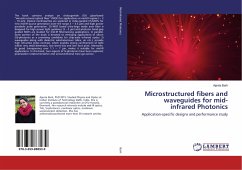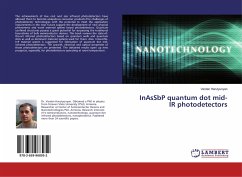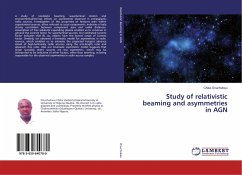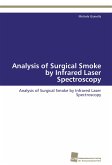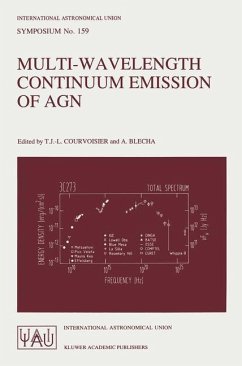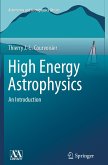Active Galactic Nuclei, the most luminous objects in the universe, are classified into a number of types and subtypes. Unified models of AGNs explain some of this variety as a result of different viewing angles with respect to a dusty absorbing "torus". The spatial resolution necessary to resolve it is currently only provided by the Very Large Telescope Interferometer in Chile. In this thesis a detailed treatment of the observing method is given, with special emphasis on the observation of relatively faint sources. It is followed by the reports on three research projects. First, extensive observations of the radio galaxy Centaurus A are examined that show an extended structure, which is probably connected to the Northern nuclear radio jet. Secondly, a study of the brightest so-called type 1 AGN reveals for the first time a resolved nuclear emitter in such a source. Finally, the so-far most comprehensive study of resolved nuclear dust emission of AGNs is set up to study 13 AGNs ofvarious luminosities L and distances. The first full analysis of this study shows in all but one galaxy that tori can be resolved and that their size on parsec scales is not simply proportional to L^(0.5).
Bitte wählen Sie Ihr Anliegen aus.
Rechnungen
Retourenschein anfordern
Bestellstatus
Storno

